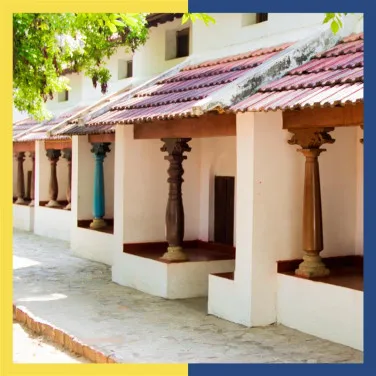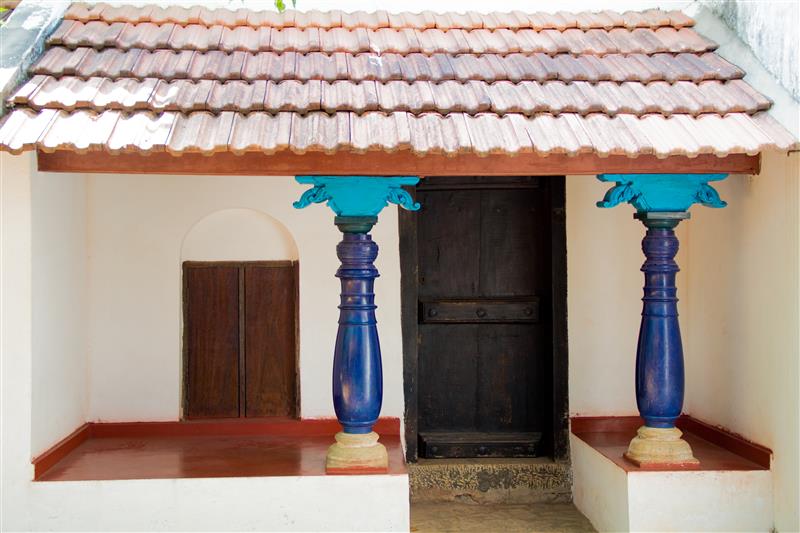
Home Care/ Decor
Restoring South Indian home designs: From waterproofing to design
Restore your South Indian home design by preserving traditional features. Use compatible waterproofing solutions and authentic materials to ensure structural strength and cultural authenticity.
Restoring a South Indian home design is more than a construction project—it’s a journey of preserving cultural essence, architectural beauty, and structural resilience. These homes, with their courtyards, clay and ceramic tiles, wooden pillars, and sloping roofs, are a testament to timeless craftsmanship. However, restoring such treasures comes with its challenges. These include fixing structural deterioration to meet modern-day functionality needs. Here’s a guide to preserving a heritage home while ensuring it stands strong for generations.
The soul of traditional South Indian home designs
Traditional heritage homes are rich in architectural highlights that reflect the region’s cultural ethos and climatic adaptability. Central courtyards (mutram), intricate wooden carvings, textured flooring using Athangudi tiles, and sloping terracotta roofs are not just design elements—they are cultural statements. These features allow for natural light, ventilation, and rainwater management, making them functional and sustainable.
To retain the authenticity of these homes, it’s vital to preserve their original craftsmanship. Traditional South Indian home decor often includes murals, brass fixtures, and wooden carvings, which require expert care during restoration.
Challenges in restoring a traditional South Indian home design
While the charm of a traditional home is undeniable, restoring it comes with unique challenges –
- Moisture damage – Years of monsoons and humidity often lead to dampness, mould growth, and weakened foundations.
- Superficial fixes – Previous repairs may prioritise aesthetics over structural integrity, leaving problems like leaks and pest infestations unaddressed.
- Material compatibility – Using heterogeneous materials incompatible with the original structure can cause further damage.
Essential tips for restoring a South Indian home
Restoring a South Indian home design requires careful consideration and attention to detail to preserve its unique character and structural integrity. Here are some tips for a successful restoration project –
- Analyse before you act
Every restoration project begins with a thorough analysis of the structure. This involves conducting destructive and non-destructive tests to assess the extent of damage and simulate the house’s behaviour under different conditions. Such assessments ensure proper planning and detailed measurements for the project.
- Preserve the load-bearing walls
Unlike modern homes, traditional South Indian home designs rely on load-bearing walls rather than framed load-bearing structures such as beams and columns. Waterproofing these walls is crucial to prevent moisture ingress and ensure structural longevity.
- Seamlessly integrate waterproofing
It’s essential to use compatible waterproofing chemicals mixed with restoration materials to strengthen the structure without altering its appearance. Whether it’s the foundation, walls, or roof, choose solutions that provide waterproof housing while retaining the heritage look.
- Choose authentic materials
Locally sourced materials like lime, teak wood, and clay tiles not only maintain authenticity but also blend seamlessly with the original structure. These materials are designed to withstand the climatic conditions of South India.
- Focus on ventilation and natural cooling
Traditional homes are designed with natural ventilation systems. Preserve the central courtyard (mutram) and other airways to maintain the cooling effect. Avoid sealing these features during restoration.
- Incorporate modern elements thoughtfully
Modern necessities like plumbing, concealed wiring, and energy-efficient lighting can be added without disrupting the heritage aesthetics. Customised designs can hide these elements in plain sight or integrate them into traditional patterns.
- Remember that restoration is a collaboration
Restoring a South Indian home design requires input from architects, structural engineers, restoration experts, and waterproofing contractors working together. Engage technical professionals to ensure everything, from scaffolding to waterproofing, aligns with the vision of preserving the home’s heritage.
The role of waterproofing in restoring South Indian homes
Water damage is one of the biggest threats to traditional South Indian home designs. Roof leaks, wall seepage, and moisture ingress weaken the structure over time. Effective home waterproofing is essential for long-term preservation.
- For roofs, consider waterproof membranes or liquid-applied coatings that are durable yet unobtrusive
- Walls and foundations may require cementitious waterproofing or appropriate membrane treatment to prevent seepage
- Bathrooms and kitchens need targeted solutions to manage water-heavy areas
Collaborating with a waterproofing expert ensures these solutions are applied effectively while keeping the home’s aesthetics intact.
Preserve the past, protect the future
A traditional South Indian home design is more than just bricks and mortar—it’s a living piece of history. By balancing modern conveniences with traditional aesthetics and addressing critical issues like home waterproofing, you can restore its charm while ensuring it remains resilient. With the right approach, your restored home will not only connect you to the past but also stand as an enduring legacy for the future.
At Dr. Fixit, we have all the waterproofing materials needed to restore your heritage home. Fill out the form below to learn more about our waterproofing solutions.
Get Professional Waterproofing Solutions Today
Fill The Form below to took free site evaluation by Dr. fixit point safe painting service expert
